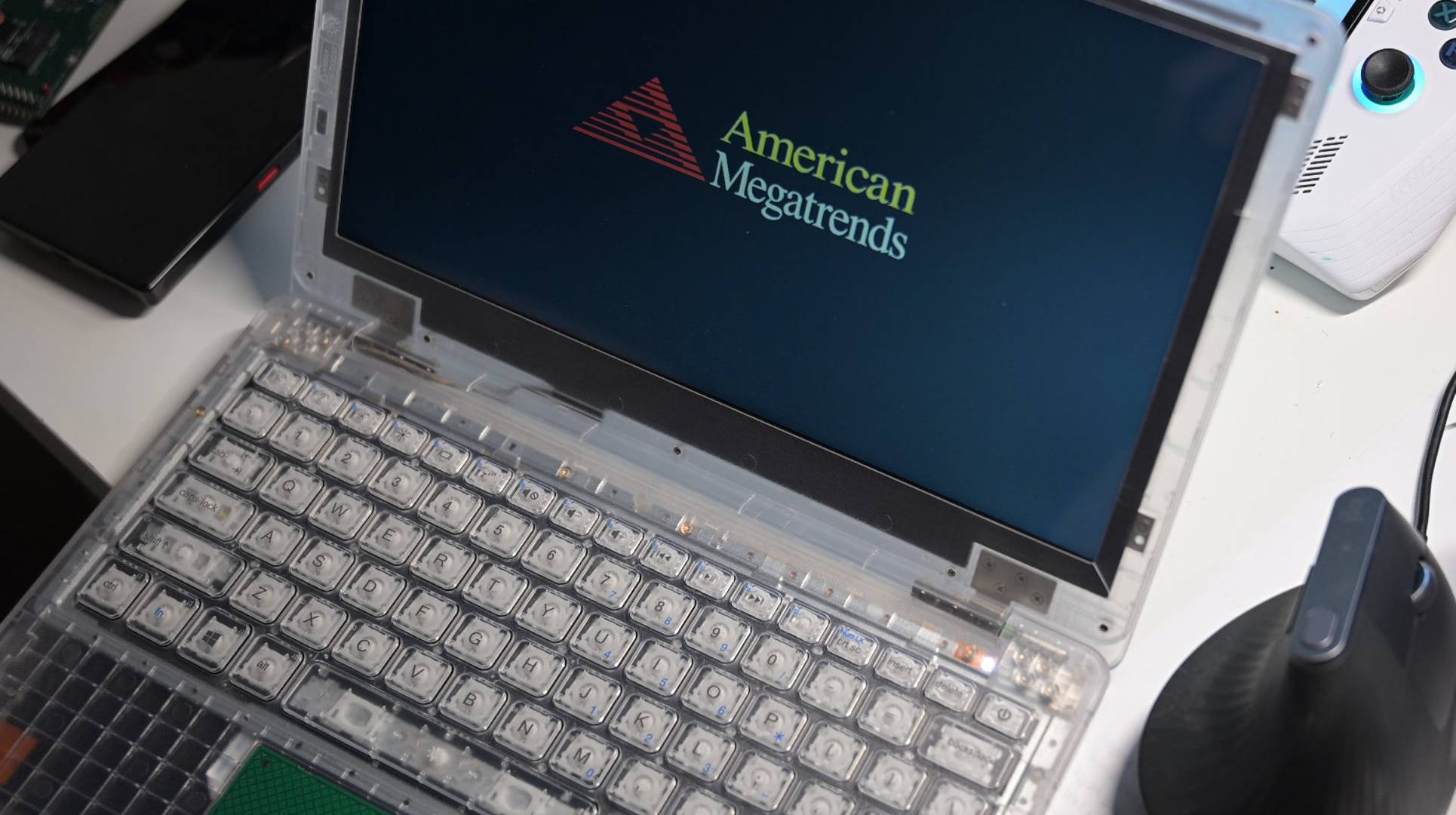One person's journey to jailbreak a second-hand prison laptop is the most compelling read I've had in absolutely ages
And I hadn't realised that prison laptops were even a thing.

What more does one need to add to a story headline like the one above? Basically just that thread below—go read it and then come back and tell me you weren't absorbed even if you had no idea what they were talking about half the time.
Bought a prison laptop on eBay. Thought it should be just some generic laptop with a clear shell, turns out it's actually a bit more than that. pic.twitter.com/8jOrTkw4jJFebruary 25, 2024
Essentially a person buys a prison laptop off eBay, tinkers with it to see if they can make it work, then tumbles down an enormous rabbit hole of astonishing things you never knew about tech in jails. That alone makes it sound really cool but the whole story, replete with neat pictures and help from other readers, just makes it the best thing I've read in a long time.
The person in question is zephray_wenting on X (or Twitter, if you prefer) and the journey begins with a look at the laptop in question: An older model of Justice Tech Solution's Securebook range. It looks odd at first glance but that's because almost every piece of plastic used is translucent, with the reason being...err...clear. You don't want anyone hiding something inside the laptop for another inmate to use or the like.
But other than just looking like a really cheap laptop, the next thing you notice is the fact the laptop immediately boots to a BIOS password prompt. Again, nothing too surprising, but it's at this point that the doorway to Alice's wonderland truly opens wide. There's no operating system, no storage drive, no USB ports.
Just an Intel Celeron N3450, 4GB of LPDDR3, a Wi-Fi module, one SATA port, and a proprietary connector for a dock of some kind.
At this point, I should imagine that many of us in the same situation would just recycle the laptop as e-waste and consider it just one of those things that happen when you buy random old stuff off eBay. Not the case here: Wenting leveraged all kinds of cool tricks to bypass the password and solve the problem of there being no hard drive or SSD, and eventually get FreeDoom up and running. Because of course it has to run Doom.
Sorry but I have to do this pic.twitter.com/KWVpPFQT4uFebruary 25, 2024
The former issue ends up being taken up by the wider Twitterscape, with other readers chipping in by trying to hack the password encryption via a brute force approach. As for the storage drive problem, that one only got stranger as the laptop contained a list of disk models that would be blocked by the BIOS.
Keep up to date with the most important stories and the best deals, as picked by the PC Gamer team.
Rather than trying to find one that would work, Wenting 'simply' hot-wired a USB hub into the laptop, utilising the USB signal off the touchpad's connector! All that hard work proved to be a success, as an Ubuntu installation worked just fine.

Best gaming PC: The top pre-built machines.
Best gaming laptop: Great devices for mobile gaming.
But the story didn't end there. The hard drive ban list turned out to be limited to those using a specific type of boot loader, so Wenting managed to get a permanent storage solution in place (which naturally just so happened to be a datacenter-spec SSD) and get a patched BIOS onto the laptop, removing the need for any further password hacking.
The truly remarkable thing about the whole journey is that the whole thing took place over a matter of days, or at the very least, that's what the date stamp on the opening image of the unhacked laptop suggests.
Sure, the whole story on X was posted on the same day, but the way it was broken up made it read like a proper tech thriller story: An opening shot to draw you in, twists and turns, a few near-misses, before the hero's victory at the end (in the form of Doom). And the interactions and help from other readers gave it such a wholesome feel.
Social media doesn't always get things right but when it does, this is the kind of result we want. More of this please!

Nick, gaming, and computers all first met in 1981, with the love affair starting on a Sinclair ZX81 in kit form and a book on ZX Basic. He ended up becoming a physics and IT teacher, but by the late 1990s decided it was time to cut his teeth writing for a long defunct UK tech site. He went on to do the same at Madonion, helping to write the help files for 3DMark and PCMark. After a short stint working at Beyond3D.com, Nick joined Futuremark (MadOnion rebranded) full-time, as editor-in-chief for its gaming and hardware section, YouGamers. After the site shutdown, he became an engineering and computing lecturer for many years, but missed the writing bug. Cue four years at TechSpot.com and over 100 long articles on anything and everything. He freely admits to being far too obsessed with GPUs and open world grindy RPGs, but who isn't these days?

